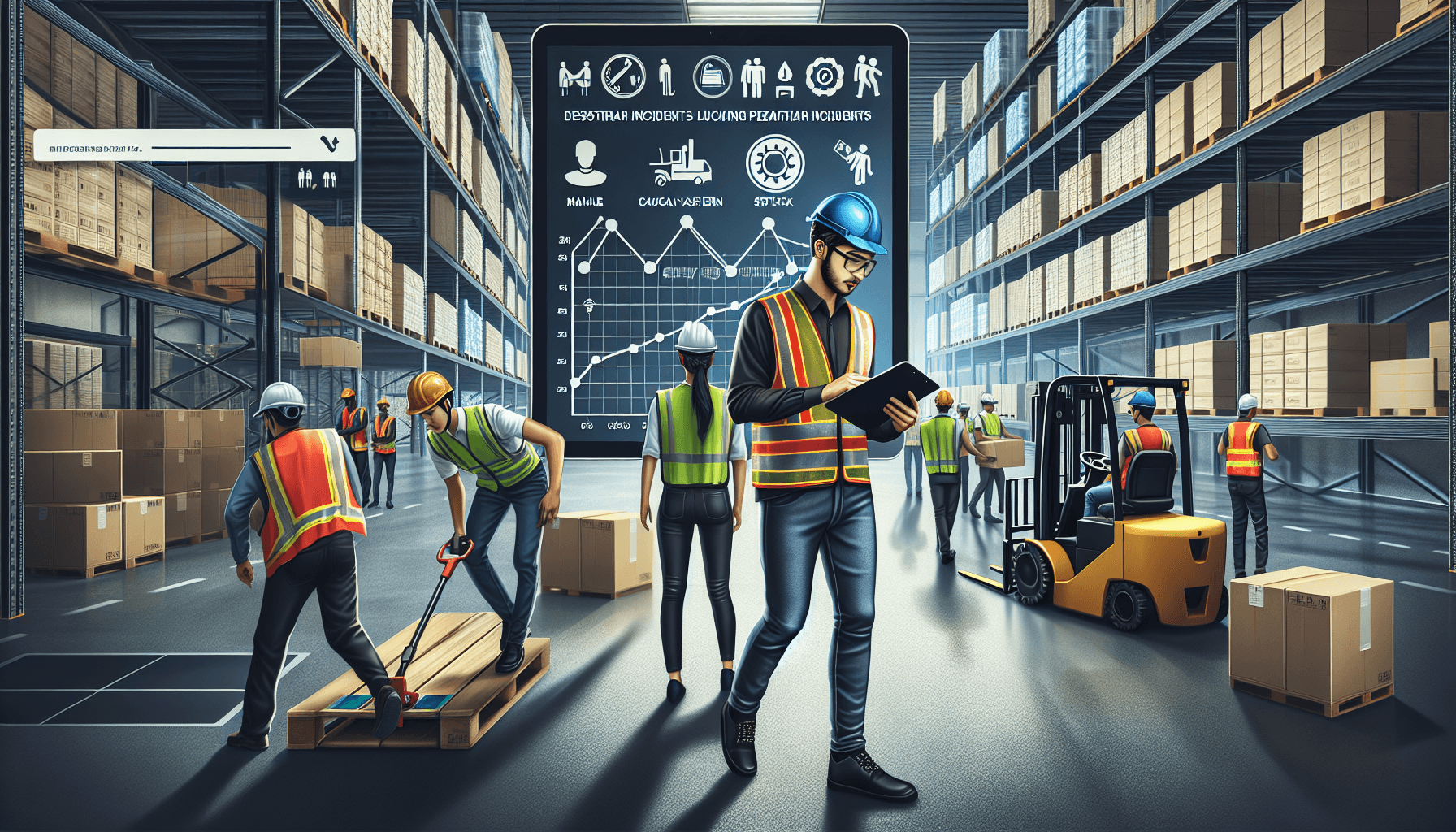Warehouse safety is of paramount importance in any operation. Implementing measures to ensure the safety of workers and minimize accidents within the warehouse environment is crucial. One area that often requires close attention is pedestrian incidents. These incidents involve workers being struck or injured by forklifts or other moving equipment. Tracking and analyzing safety reports related to pedestrian incidents can provide valuable insights and help in preventing similar incidents from occurring in the future.
The Importance of Tracking Pedestrian Incidents
Understanding the reasons behind pedestrian incidents is essential for improving safety. By tracking these incidents through detailed safety reports, warehouse managers can identify patterns, hazards, and potential areas for improvement. This data-driven approach helps in implementing targeted strategies to mitigate risks and create a safer working environment for all personnel.
Accurate tracking of pedestrian incidents allows warehouse managers to:
- Identify high-risk areas: Safety reports can pinpoint areas within the warehouse where pedestrian incidents are more likely to occur. For example, corners, intersections, or areas with limited visibility may be identified as high-risk zones. By identifying these areas, managers can implement specific safety measures, such as installing mirrors or warning signs.
- Evaluate equipment usage: Safety reports provide valuable data on incidents involving specific types of equipment, such as forklifts or pallet jacks. By analyzing this data, warehouse managers can identify issues with equipment usage, such as improper training or maintenance. Taking corrective actions such as providing additional training or servicing equipment can help prevent future incidents.
- Assess worker behavior: Tracking pedestrian incidents helps identify any unsafe behaviors exhibited by workers. This can include not following designated walkways, failure to use personal protective equipment, or distractions while in the warehouse. By addressing these behaviors through training and reinforcement, the risk of pedestrian incidents can be significantly reduced.
- Implement preventive measures: Safety reports can highlight recurring causes of pedestrian incidents, such as poor lighting, narrow aisles, or inadequate signage. By addressing these underlying issues, warehouse managers can proactively implement preventive measures, such as improving lighting conditions, widening aisles, or enhancing signage visibility.
Implementing a forklift pedestrian detection system can significantly enhance warehouse safety by reducing the risk of pedestrian incidents. These advanced systems utilize sensors and cameras to alert both forklift operators and pedestrians of potential collisions. By investing in such technologies, warehouse managers can take proactive steps to ensure a safe working environment.
Best Practices for Tracking Pedestrian Incidents
Tracking pedestrian incidents effectively requires a systematic approach. Here are some best practices to follow:
- Establish reporting procedures: Implement a standardized reporting system for all incidents involving pedestrian safety. This ensures that every incident is properly documented, allowing for comprehensive analysis and future preventive actions.
- Encourage reporting: Create an environment where workers feel comfortable reporting incidents and near misses. Encourage open communication and emphasize that reporting is crucial for improving safety.
- Analyze data regularly: Regularly review safety reports to identify any trends or patterns. Look for common factors contributing to these incidents and prioritize addressing them.
- Share findings and recommendations: Communicate the findings from safety reports to relevant stakeholders, including managers, supervisors, and workers. Share recommendations for improvements and ensure action is taken on identified issues.
- Continuously train and educate: Provide ongoing training and education on pedestrian safety to all warehouse personnel. This includes forklift operators, pedestrians, and supervisors. Keeping everyone updated on best practices and potential hazards helps maintain a safety-oriented culture.
By following these best practices and leveraging the insights obtained from safety reports, warehouses can make substantial progress in improving pedestrian safety and overall warehouse operations. Tracking and analyzing pedestrian incidents provides a proactive approach to safety, reducing risks, and increasing productivity within the warehouse environment.
Remember, safety is everyone’s responsibility, and by taking the necessary steps to track and prevent pedestrian incidents, warehouses can create a safer and more efficient working environment.

